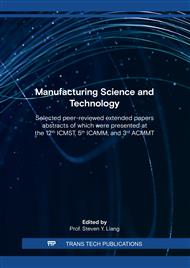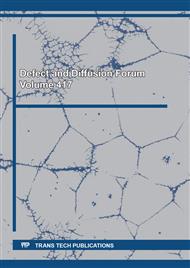p.3
p.9
p.17
p.23
p.29
p.35
p.45
p.51
Applying Plastic-Metal Joining and Automatic Stamping to Inserted Injection Molding Processes
Abstract:
To perform heterogeneous joining of metal and plastic, usually the metal part is made first, and then the injection molding is used for joining. The joining method is mostly inserted injection molding, such as electronic parts joints; the other is injection molding followed by locking and fixing with screws, such as electronic product panels. The latter will spend too much labor time and cost. This study explores the method of generating microstructures on the metal surface to increase the joining strength between the metal part and the plastic part. The joining strength of the inserted injection molding process is discussed. The effects of physical characteristics of the plastic on the joining properties between the metal insert and the plastic part are also investigated. Moreover, this research also modified the injection molding mold to combine metal stamping and injection molding into one process. The results show that when the anodized metal surface is joined to the plastic, the plastic and the metal specimen will fail to join due to their different shrinkage percentages. However, if the metal specimen is laser engraved, the joining strength between the plastic and the metal will increase. Laser engraving is recommended for joining between metal and plastic, with less restriction, and the processing time is much shorter than the anodizing process.
Info:
Periodical:
Pages:
9-15
Citation:
Online since:
June 2022
Authors:
Price:
Сopyright:
© 2022 Trans Tech Publications Ltd. All Rights Reserved
Share:
Citation:



